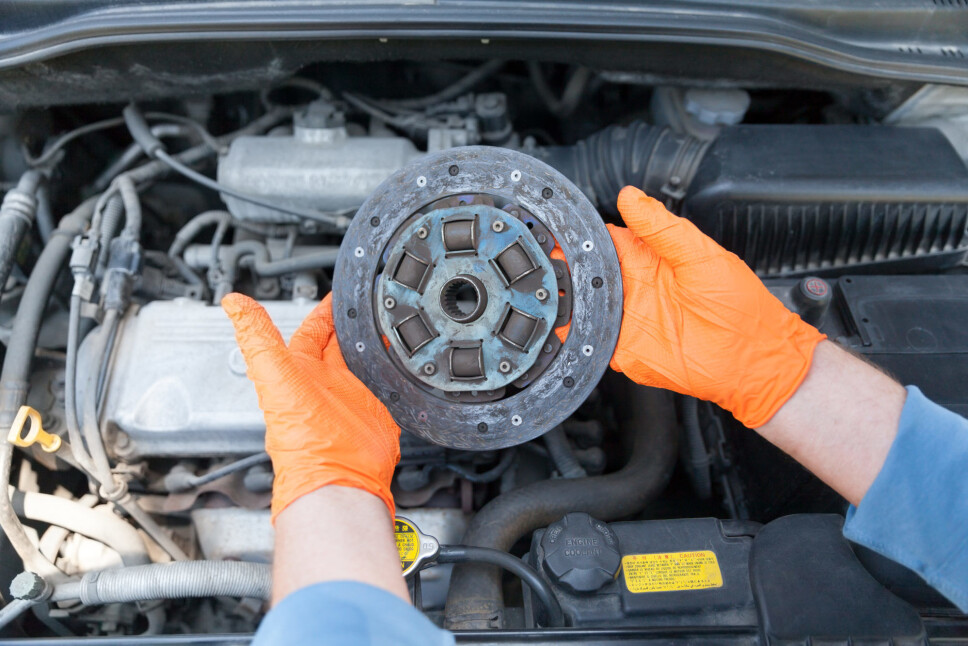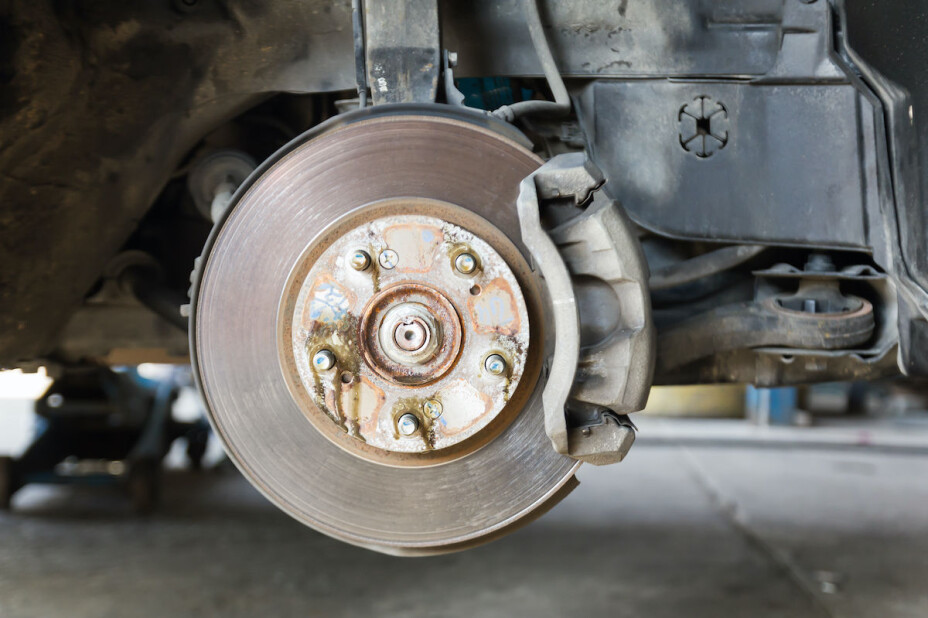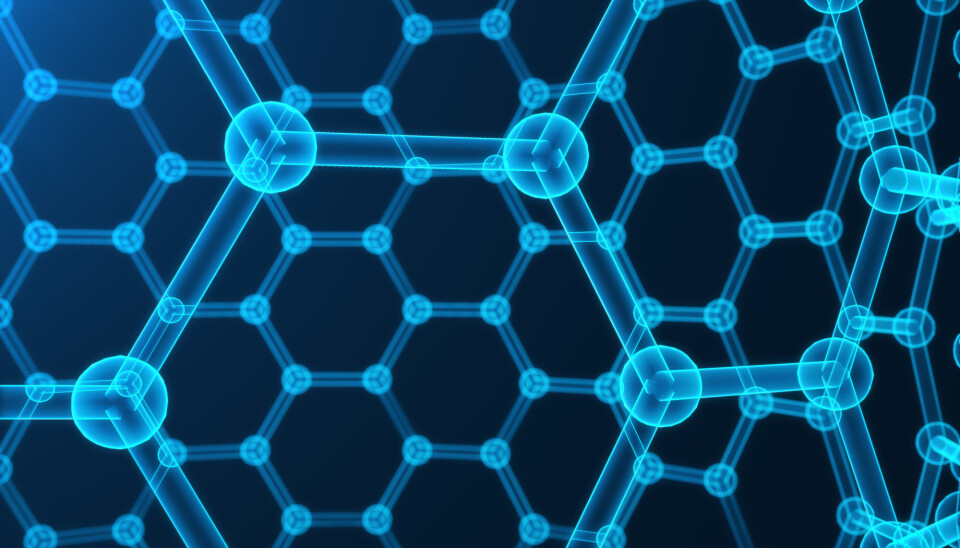This article is produced and financed by NTNU Norwegian University of Science and Technology - read more

A simple way of describing friction — by making it complicated
We all know what friction is — but it turns out to be very difficult to describe. Researchers have simplified a commonly used, century-old model for use at the nanoscale — by making it more complicated.
If you even bother to think about friction at all, you might think about rubbing your hands together to warm them up.
But friction is a big problem out in the world. Parts that rub against each other wear out. Machines may use more energy than they should. It’s not trivial either: roughly 23 per cent of the world’s energy consumption is due to friction.
That has researchers on the hunt for ways to figure out how friction actually works, at the nanoscale level, so they can design lubricants and other ways to reduce it.
The trouble is, friction is extremely difficult to describe using a model. One of the most widely used mathematical models for friction at the nanoscale was first proposed in 1929, and it continues to be used because it is quite general. But when that model is used to look at more detailed situations, it doesn’t work that well.
Now, two researchers from the Norwegian University of Science and Technology (NTNU) have come up with an adjustment to this model that improves its ability to describe trends in how friction works for layered materials like graphene at the nanoscale. Their results have been published in Nature Communications.

A bumpy surface of atoms
Before you can understand what the researchers did, you first have to understand how researchers visualize friction.
A surface may look smooth, but under a powerful microscope, the surface clearly has bumps. So when researchers want to use a mathematical model to explain friction, they include this bumpy surface in their calculations.
“When we say friction, people may think of trying to push a box across a surface,” said David Andersson, a PhD in the Department of Mechanical and Industrial Engineering at NTNU who was the first author of the paper. “But if you want to understand where the friction comes from, it’s really from the contact between the atoms.”
Friction is then described as the force needed to pull a tip across this bumpy atomic surface. That’s essentially how the Prandtl-Tomlinson model for friction, first published in 1929, describes it. And one of the key features the model describes is something that happens when this tip is pulled across the bumpy surface: it can stick and then suddenly slip.
In fact, this kind of stick and slip behaviour between two surfaces is even visible at the macro scale — it’s what happens on a geologic scale when two tectonic plates move past each other. People in seismically active zones experience the slipping of the plates as an earthquake.

The puzzle of two-dimensional materials
Graphene as an additive to lubricants has been in use for almost two centuries, but it was only about a decade ago that researchers started studying it and other two-dimensional materials like it in detail. Graphene is a layer of carbon that is just one atom thick. It can be pretty slippery stuff.
When researchers started experimenting with layers of graphene and how that affected the friction between surfaces, they discovered something odd, Andersson and his co-author and supervisor Astrid de Wijn said.
Researchers found that the friction depends on the number of layers in what researchers found was a surprising way: it was highest for single-layer sheets of graphene and decreased with increasing number of layers. The Prandtl- Tomlinson model didn’t predict this.
“What experimentalists did was put layers of graphene and other 2D materials on top of each other, and found the friction decreases with the number of layers. You would not expect that,” de Wijn, an associate professor at NTNU, said. “It was peculiar behaviour.”
Other theoretical and experimental work on graphene layers provided contradictory findings.
While that can be frustrating for academics, it is more than just an academic puzzle. Scientists and engineers who want to figure out how to design materials or lubricants to reduce wear and friction need models to help them lay the groundwork for their efforts.
Adding complexity improved the model
Andersson and de Wijn decided to look at a number of different experimental research papers that described contradictory findings to see if they could create a mathematical model that would help explain what was going on.
They realized that they could explain contradictory findings by adding an additional variable to the century-old Prandtl-Tomlinson friction model. While the old model simply looked at the force it took to move a point across a surface, when the researchers added a variable that allowed the layered materials to deform, it was much better at predicting friction at the nanoscale than the old model.
“In the end there were a dozen experimental papers that we managed to explain in one go, by adding the component that allows the layered materials to deform”, Andersson said. “We found the right way to expand the model to solve this puzzle.”

Practical applications for graphene
The researchers hope that their model can help other researchers, especially when it comes to graphene.
“There are a lot of mysteries about graphene and how it works,” de Wijn said. But the revised model allows researchers to better understand friction in thin sheets of graphene and other similar materials, she said.
For example, she said, the model is a first step in helping engineers understand extreme distortions and tearing of thin sheets that are just atoms thick when these layers experience a high load.
“In real conditions, such extreme distortions are common and lead to breaking of chemical bonds, tearing, wear, and loss of low-friction conditions,” de Wijn and Andersson wrote in their paper. “This is a first step and raises the possibility of better understanding of wear and faster, understanding-based, development of practical applications of graphene in low-friction technologies.”
Reference:
Andersson, D., de Wijn, A.S. Understanding the friction of atomically thin layered materials. Nat Commun 11, 420 (2020). https://doi.org/10.1038/s41467-019-14239-2


































